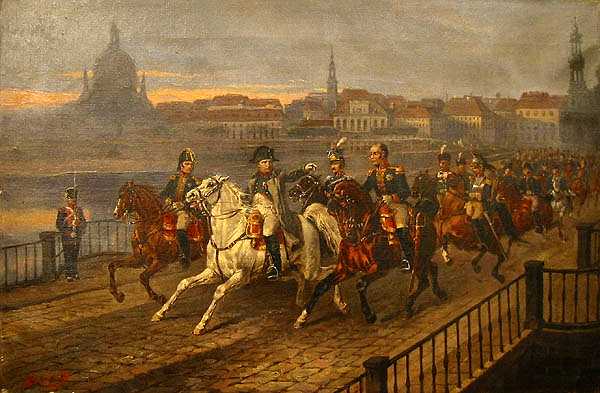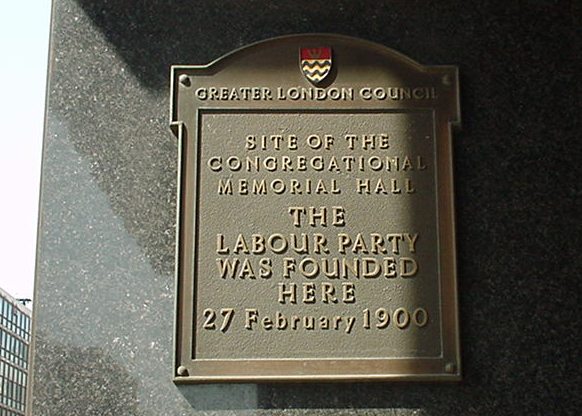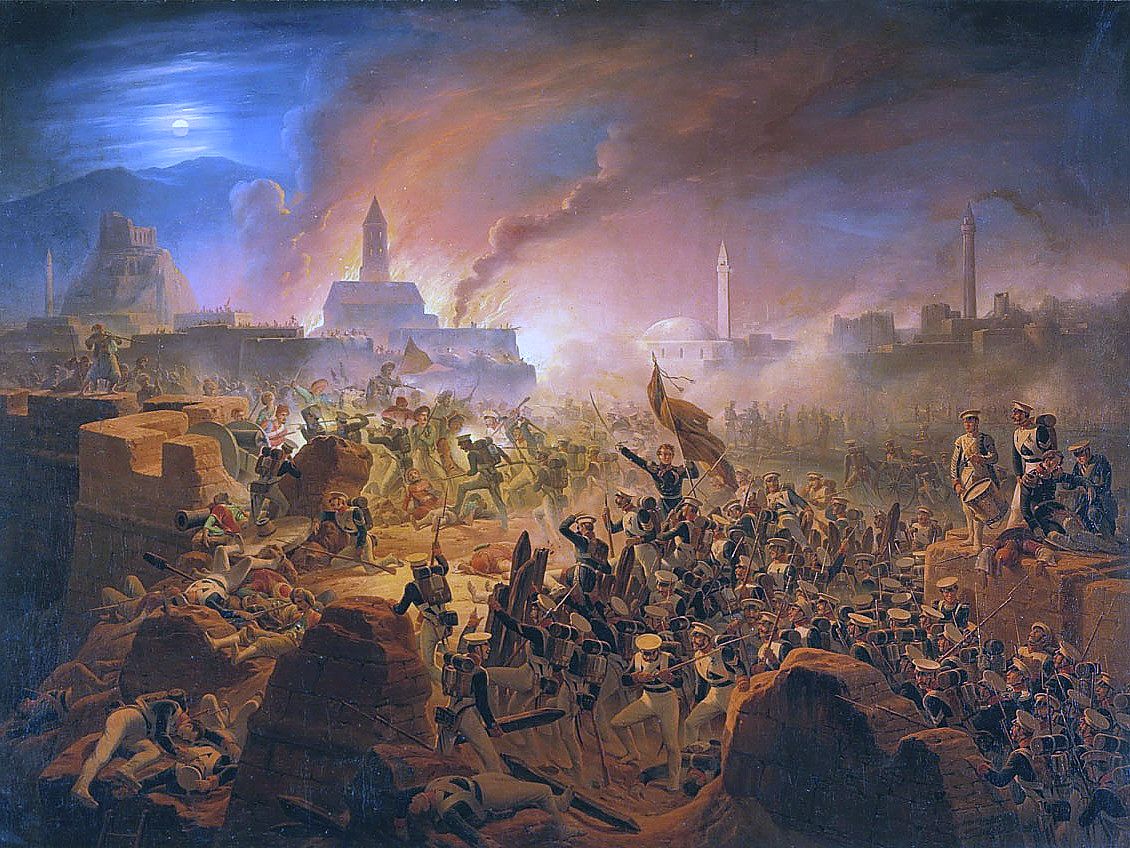|
Józef Brodowski The Younger
Józef Brodowski (17 January 1828, in Warsaw – 5 September 1900, in Warsaw) was a Polish painter. He is referred to as The Younger to distinguish him from Józef Brodowski (c. 1775/81–1853), who apparently was not related. Biography His father was the painter Antoni Brodowski, who died when Józef was only four. From 1844 to 1851, he studied with Rafał Hadziewicz, one of his father's former students, at the School of Fine Arts in Warsaw.Biographical notes @ Agra Art. His most important influences, however, came from Jan Feliks Piwarski, a landscape painter who was one of the first in Poland to promote the concept of painting [...More Info...] [...Related Items...] OR: [Wikipedia] [Google] [Baidu] |
Warsaw
Warsaw, officially the Capital City of Warsaw, is the capital and List of cities and towns in Poland, largest city of Poland. The metropolis stands on the Vistula, River Vistula in east-central Poland. Its population is officially estimated at 1.86 million residents within a Warsaw metropolitan area, greater metropolitan area of 3.27 million residents, which makes Warsaw the List of cities in the European Union by population within city limits, 6th most-populous city in the European Union. The city area measures and comprises List of districts and neighbourhoods of Warsaw, 18 districts, while the metropolitan area covers . Warsaw is classified as an Globalization and World Cities Research Network#Alpha 2, alpha global city, a major political, economic and cultural hub, and the country's seat of government. It is also the capital of the Masovian Voivodeship. Warsaw traces its origins to a small fishing town in Masovia. The city rose to prominence in the late 16th cent ... [...More Info...] [...Related Items...] OR: [Wikipedia] [Google] [Baidu] |
Powązki Cemetery
Powązki Cemetery (; ), also known as Stare Powązki (), is a historic necropolis located in Wola district, in the western part of Warsaw, Poland. It is the most famous cemetery in the city and one of the oldest, having been established in 1790. It is the burial place of many illustrious individuals from Polish history. Some are interred along the "Avenue of the Distinguished" – ''Aleja Zasłużonych'', created in 1925. It is estimated that over one million people are buried at Powązki. The cemetery is often confused with the newer Powązki Military Cemetery, which is located to the north-west of Powązki Cemetery. History Powązki Cemetery was established on 4 November 1790 on land donated by nobleman Melchior Szymanowski, and consecrated on 20 May 1792. Initially it covered an area of only about 2.5 ha. In the same year Saint Karol Boromeusz Church, designed by Dominik Merlini, was built on the northern edge of the cemetery. The catacombs were erected soon therea ... [...More Info...] [...Related Items...] OR: [Wikipedia] [Google] [Baidu] |
Painters From Warsaw
Painting is a Visual arts, visual art, which is characterized by the practice of applying paint, pigment, color or other medium to a solid surface (called "matrix" or "Support (art), support"). The medium is commonly applied to the base with a brush. Other implements, such as palette knives, sponges, airbrushes, the artist's fingers, or even a dripping technique that uses gravity may be used. One who produces paintings is called a painter. In art, the term "painting" describes both the act and the result of the action (the final work is called "a painting"). The support for paintings includes such surfaces as walls, paper, canvas, wood, glass, lacquer, pottery, leaf, copper and concrete, and the painting may incorporate other materials, in single or multiple form, including sand, clay, paper, cardboard, newspaper, plaster, gold leaf, and even entire objects. Painting is an important form of visual arts, visual art, bringing in elements such as drawing, Composition (visual art ... [...More Info...] [...Related Items...] OR: [Wikipedia] [Google] [Baidu] |
Military Art
Military art is art with a military subject matter, regardless of its style or medium. The battle scene is one of the oldest types of art in developed civilizations, as rulers have always been keen to celebrate their victories and intimidate potential opponents. The depiction of other aspects of warfare, especially the suffering of casualties and civilians, has taken much longer to develop. As well as portraits of military figures, depictions of anonymous soldiers on the battlefield have been very common; since the introduction of military uniforms such works often concentrate on showing the variety of these. Naval scenes are very common, and battle scenes and "ship portraits" are mostly considered as a branch of marine art; the development of other large types of military equipment such as warplanes and tanks has led to new types of work portraying these, either in action or at rest. In 20th century wars official war artists were retained to depict the military in action; d ... [...More Info...] [...Related Items...] OR: [Wikipedia] [Google] [Baidu] |
Polish Illustrators
Polish may refer to: * Anything from or related to Poland, a country in Europe * Polish language * Polish people, people from Poland or of Polish descent * Polish chicken * Polish brothers (Mark Polish and Michael Polish, born 1970), American twin screenwriters * Kevin Polish, an American Paralympian archer Polish may refer to: * Polishing, the process of creating a smooth and shiny surface by rubbing or chemical action ** French polishing, polishing wood to a high gloss finish * Nail polish * Shoe polish * Polish (screenwriting), improving a script in smaller ways than in a rewrite See also * * * Polishchuk (surname) * Polonaise (other) A polonaise ()) is a stately dance of Polish origin or a piece of music for this dance. Polonaise may also refer to: * Polonaises (Chopin), compositions by Frédéric Chopin ** Polonaise in A-flat major, Op. 53 (, ''Heroic Polonaise''; ) * Polon ... {{Disambiguation, surname Language and nationality disambiguation pages ... [...More Info...] [...Related Items...] OR: [Wikipedia] [Google] [Baidu] |
19th-century Polish Male Artists
The 19th century began on 1 January 1801 (represented by the Roman numerals MDCCCI), and ended on 31 December 1900 (MCM). It was the 9th century of the 2nd millennium. It was characterized by vast social upheaval. Slavery was Abolitionism, abolished in much of Europe and the Americas. The First Industrial Revolution, though it began in the late 18th century, expanded beyond its British homeland for the first time during the 19th century, particularly remaking the economies and societies of the Low Countries, France, the Rhineland, Northern Italy, and the Northeastern United States. A few decades later, the Second Industrial Revolution led to ever more massive urbanization and much higher levels of productivity, profit, and prosperity, a pattern that continued into the 20th century. The Catholic Church, in response to the growing influence and power of modernism, secularism and materialism, formed the First Vatican Council in the late 19th century to deal with such problems an ... [...More Info...] [...Related Items...] OR: [Wikipedia] [Google] [Baidu] |
1900 Deaths
As of March 1 (Old Style, O.S. February 17), when the Julian calendar acknowledged a leap day and the Gregorian calendar did not, the Julian calendar fell one day further behind, bringing the difference to 13 days until February 28 (Old Style, O.S. February 15), 2100. Summary Political and military The year 1900 was the end of the 19th century and the beginning of the 20th century. Two days into the new year, the United States Secretary of State, U.S. Secretary of State John Hay announced the Open Door Policy regarding Qing dynasty, China, advocating for equal access for all nations to the Chinese market. The 1900 Galveston hurricane, Galveston hurricane would become the List of disasters in the United States by death toll, deadliest natural disaster in United States history, killing between 6,000 and 12,000 people, mostly in and near Galveston, Texas, as well as leaving 10,000 people homeless, destroying 7,000 buildings of all kinds in Galveston. As of 2025, it remains ... [...More Info...] [...Related Items...] OR: [Wikipedia] [Google] [Baidu] |
1828 Births
Events January–March * January 4 – Jean Baptiste Gay, vicomte de Martignac succeeds the Comte de Villèle, as Prime Minister of France. * January 8 – The Democratic Party of the United States is organized. * January 22 – Arthur Wellesley, 1st Duke of Wellington succeeds Lord Goderich as Prime Minister of the United Kingdom. * February 10 – " Black War": In the Cape Grim massacre – About 30 Aboriginal Tasmanians gathering food at a beach are probably ambushed, shot with muskets and killed by four indentured "servants" (or convicts) employed as shepherds for the Van Diemen's Land Company as part of a series of reprisal attacks, with the bodies of some of the men thrown from a 60 metre (200 ft) cliff. * February 19 – The Boston Society for Medical Improvement is established in the United States. * February 21 – The first American-Indian newspaper in the United States, the '' Cherokee Phoenix'', is published. * February 22 – Treaty of Turkmenchay: ... [...More Info...] [...Related Items...] OR: [Wikipedia] [Google] [Baidu] |
List Of Polish Painters
Note: Names that cannot be confirmed in Wikipedia database nor through given sources are subject to removal. If you would like to add a new name please consider writing about the artist first. ''This is an alphabetical listing of Poland, Polish painters. This list is incomplete. If a notable Polish painter is TALK:List of Polish painters#Article Requests, missing and without article, please add the name TALK:List of Polish painters#Article Requests, here. A * Bronislaw Abramowicz (1837–1912) * Piotr Abraszewski (1905–1996) * Julia Acker (1898–1942) * Tadeusz Ajdukiewicz (1852–1916) * Zygmunt Ajdukiewicz (1861–1917) * Hiacynt Alchimowicz (1841–after 1897) * Kazimierz Alchimowicz (1840–1916) * Zygmunt Andrychiewicz (1861–1943) * Włodzimierz Antkowiak (born 1946) * Zofia Atteslander (1874–c. 1928) * Aleksander Augustynowicz (1865–1944) * Teodor Axentowicz (1859–1938) B * Władysław Bakałowicz (1831–1904) * Stefan Bakałowicz (1857–1947) * Henoc ... [...More Info...] [...Related Items...] OR: [Wikipedia] [Google] [Baidu] |
Tadeusz Brodowski
Tadeusz Brodowski (2 September 1821, Warsaw - 31 March 1848, Paris) was a Polish painter; primarily known for scenes with horses. Life and work He was born into a gentrified family with an artistic tradition. His father was the Classical painter, Antoni Brodowski, and he was the older brother of Józef Brodowski, a prominent painter of battle scenes. His first painting lessons came from his father. After that, he studied in the workshops of Aleksander Kokular and Antoni Blank. In 1841, he went to Rome. Two years later, after mounting an exhibition in Warsaw, he moved to Paris, where he perfected his techniques with the battle painter, Horace Vernet. His works also show the influence of Aleksander Orłowski. He died, aged only twenty-six, of unspecified causes; although his death came shortly after the beginning of the French Revolution of 1848. Most of his known paintings involve horses; primarily in battle scenes and historical events. He also did caricature A ca ... [...More Info...] [...Related Items...] OR: [Wikipedia] [Google] [Baidu] |






